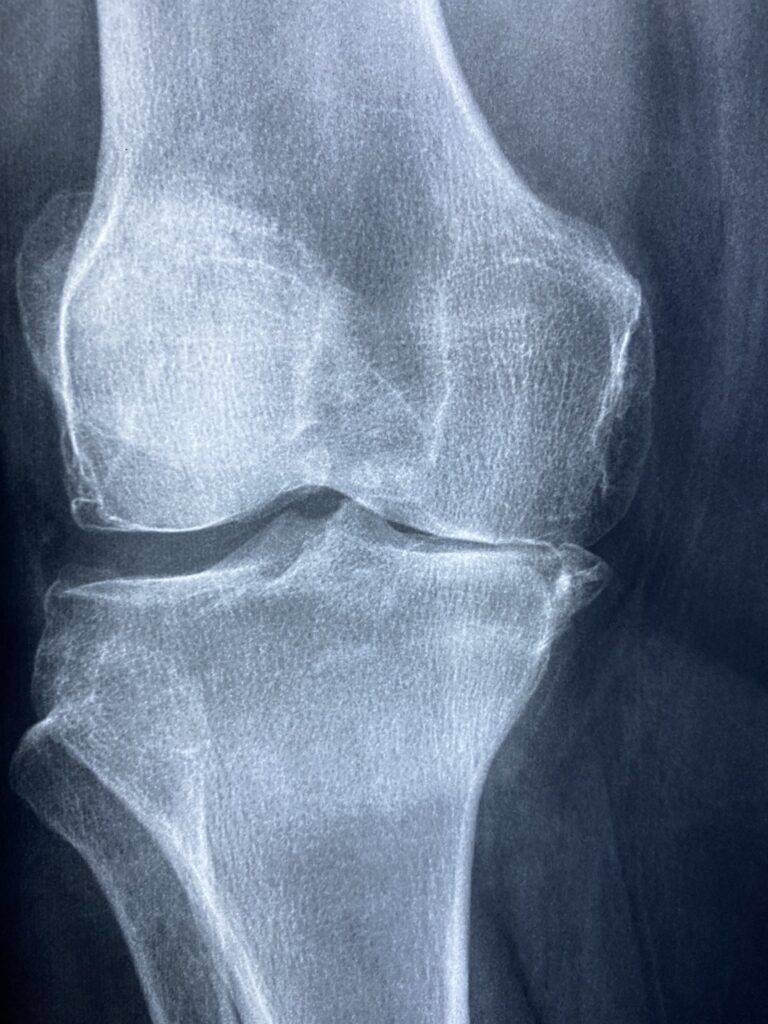1. What is Pellagra? Pellagra is a rare nutritional deficiency disease caused by a deficiency of niacin (vitamin B3) and/or tryptophan, an amino acid that the body converts into niacin. It is characterized by a combination of skin, digestive, and neurological symptoms.
2. Symptoms of Pellagra:
- Dermatitis: Skin changes such as redness, scaling, and thickening, particularly in areas exposed to sunlight.
- Diarrhea: Persistent, watery diarrhea often accompanied by abdominal pain and cramping.
- Dementia: Cognitive impairment, confusion, memory loss, and other neurological symptoms.
- Depression: Feelings of sadness, hopelessness, and loss of interest or pleasure in activities.
- Mouth sores: Painful lesions in the mouth and throat, making eating and swallowing difficult.
3. Causes and Risk Factors:
- Dietary deficiency: Pellagra most commonly occurs in individuals with diets lacking in niacin-rich foods such as meat, fish, nuts, and whole grains.
- Alcoholism: Excessive alcohol consumption can impair niacin absorption and metabolism, increasing the risk of pellagra.
- Malabsorption disorders: Conditions such as Crohn’s disease, celiac disease, and certain medications can interfere with the absorption of niacin and other nutrients.
- Poverty and food insecurity: Limited access to nutritious foods and inadequate dietary diversity contribute to the risk of pellagra in socioeconomically disadvantaged populations.
4. Diagnosis:
- Clinical evaluation: A healthcare provider will assess symptoms, medical history, and dietary habits to determine the likelihood of pellagra.
- Blood tests: Measurement of niacin levels and other relevant blood markers can help confirm the diagnosis.
- Skin biopsy: Examination of skin lesions under a microscope may reveal characteristic changes associated with pellagra.
5. Pharmacokinetics (PK) and Pharmacodynamics (PD):
- PK studies focus on the absorption, distribution, metabolism, and excretion of niacin supplements administered to treat pellagra.
- PD studies investigate how niacin affects cellular metabolism, particularly in the context of replenishing niacin stores and alleviating symptoms of deficiency.
6. Pharmacological Treatment:
- Niacin supplementation: Oral niacin supplements are the primary treatment for pellagra, typically administered in doses sufficient to correct the deficiency and alleviate symptoms.
- Tryptophan supplementation: In cases where tryptophan deficiency contributes to pellagra, tryptophan supplements may be prescribed to help restore niacin levels.
- Treatment duration and dosage may vary depending on the severity of symptoms and individual patient factors.
7. Non-pharmacological Treatment:
- Dietary modification: Encouraging consumption of niacin-rich foods such as meat, fish, poultry, nuts, seeds, and whole grains can help prevent recurrence of pellagra.
- Nutritional counseling: Guidance from a registered dietitian or nutritionist can help individuals develop balanced, nutrient-rich meal plans to meet their dietary needs and prevent nutritional deficiencies.
8. Conclusion: Pellagra is a preventable and treatable condition resulting from inadequate intake or absorption of niacin. Early recognition of symptoms and prompt intervention with niacin supplementation are essential for effective management and prevention of complications. Education about balanced nutrition and access to nutritious foods are critical in addressing the underlying dietary factors contributing to pellagra. By addressing both the nutritional and medical aspects of pellagra, healthcare providers can improve outcomes and enhance the quality of life for individuals affected by this condition.




